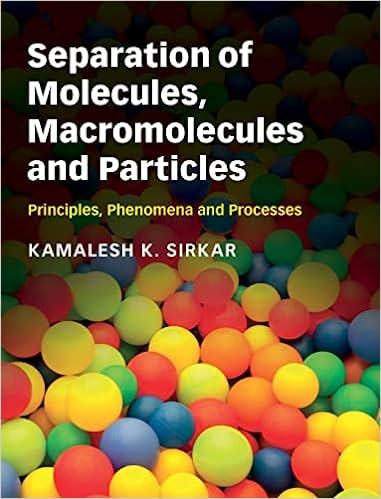Answered step by step
Verified Expert Solution
Question
1 Approved Answer
I) The angle between (:2,1,-1:) and (:2,1,5:) is: (A) obtuse (B) acute (C) a right angle II) ,(:3,4,1:)times (:1,2,3:) is equal to: (A) (:10,-8,2:)
I)\ The angle between
(:2,1,-1:)and
(:2,1,5:)is:\ (A) obtuse\ (B) acute\ (C) a right angle\ II)
,(:3,4,1:)\\\\times (:1,2,3:)is equal to:\ (A)
(:10,-8,2:)\ (B)
(:-10,8,-2:)\ (C)
(:10,-8,-2:)\ III)\
f(x,y)=(1)/(\\\\sqrt(x^(2)+y^(2)-1))is continuous at any point in
R^(2)that is:\ (A) outside the circle
x^(2)+y^(2)=1\ (B) inside the circle
x^(2)+y^(2)=1\ IV)\ Which of these points is NOT on the line
r(t)=(:6+5t,4+3t,2+t:)?\ (A)
(6,4,2)\ (B)
(5,3,1)\ (C)
(11,7,3)\ V) For the surface
2x^(2)-3y+4z^(2)=4, the trace in the
xzplane is:\ (A) an ellipse\ (B) a parabola\ (C) a hyperbola\ VI) Which best describes the space curve
r(t)=(:2sin(\\\\pi t),5,2cos(\\\\pi t):)?\ (A) a spiral\ (B) a line segment\ (C) a circle

Step by Step Solution
There are 3 Steps involved in it
Step: 1

Get Instant Access to Expert-Tailored Solutions
See step-by-step solutions with expert insights and AI powered tools for academic success
Step: 2

Step: 3

Ace Your Homework with AI
Get the answers you need in no time with our AI-driven, step-by-step assistance
Get Started


